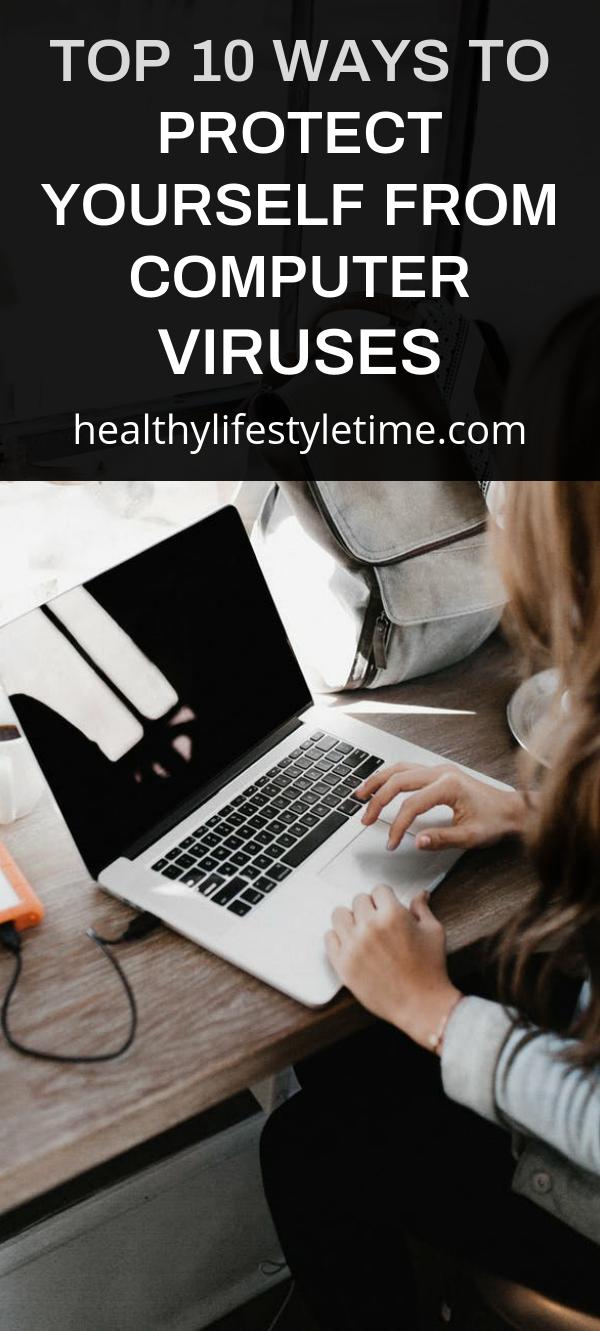As more and more people are becoming comfortable using their computers at school, home, or in the office it’s only a matter of time before they encounter a computer virus. Here are our top 10 steps to protect you from computer viruses.
Use a high-quality anti-virus program. There are many anti-virus computer programs on the market some of them are better than others. Look to reputable computer magazines or websites for ratings to help you find the one that matches your needs.

Always use your anti-virus software. Make sure your anti-virus software is always turned on and scanning, incoming and outgoing email messages, and any software programs you run.
Keep your antivirus programs up to date. Most programs come with a yearly subscription make sure you take advantage of the updates. More advanced programs allow you to schedule updates or full system scans for off hours like 2 AM when you aren’t likely to be using your computer.
Keep your computer up to date. From time to time operating systems fall victim to security holes or issue updates. Make sure you check periodically to make sure you are running stable up to date versions of your software.
Backup your data regularly. Most Windows computer users keep their documents in My documents folder. This makes it easy to back up all of your important documents. Make weekly or monthly copies to CD or USB drives.
If you use floppy disks or USB drives on public computers like your school computer lab, Kinko’s, or even digital photo printing store make sure you scan them for viruses. Public computers are notorious for not being up to date and properly protected.
Be wary of email attachments. Treat any email attachment as potentially dangerous. Never open attachments from people you weren’t expecting. Also, be careful of attachments from people you know but weren’t expecting. Many computer viruses replicate themselves by reading the contacts from an infected computer.
Use text email if possible. While HTML email is prettier and allows you more control over formatting it also can carry computer viruses. If you use text-based email the only way to get a virus is by opening an attachment.

Use downloaded freeware and shareware files or software with caution. Try to download them from popular reputable sources that scan the programs before they are uploaded. To make sure you are safe to scan the program before you install it on your computer.
Be wary of links in IM or instant messaging software. Don’t accept invitations from people you don’t know and never click a link from someone you don’t trust, they can easily redirect you to another website that will try to install a virus on your computer system.





